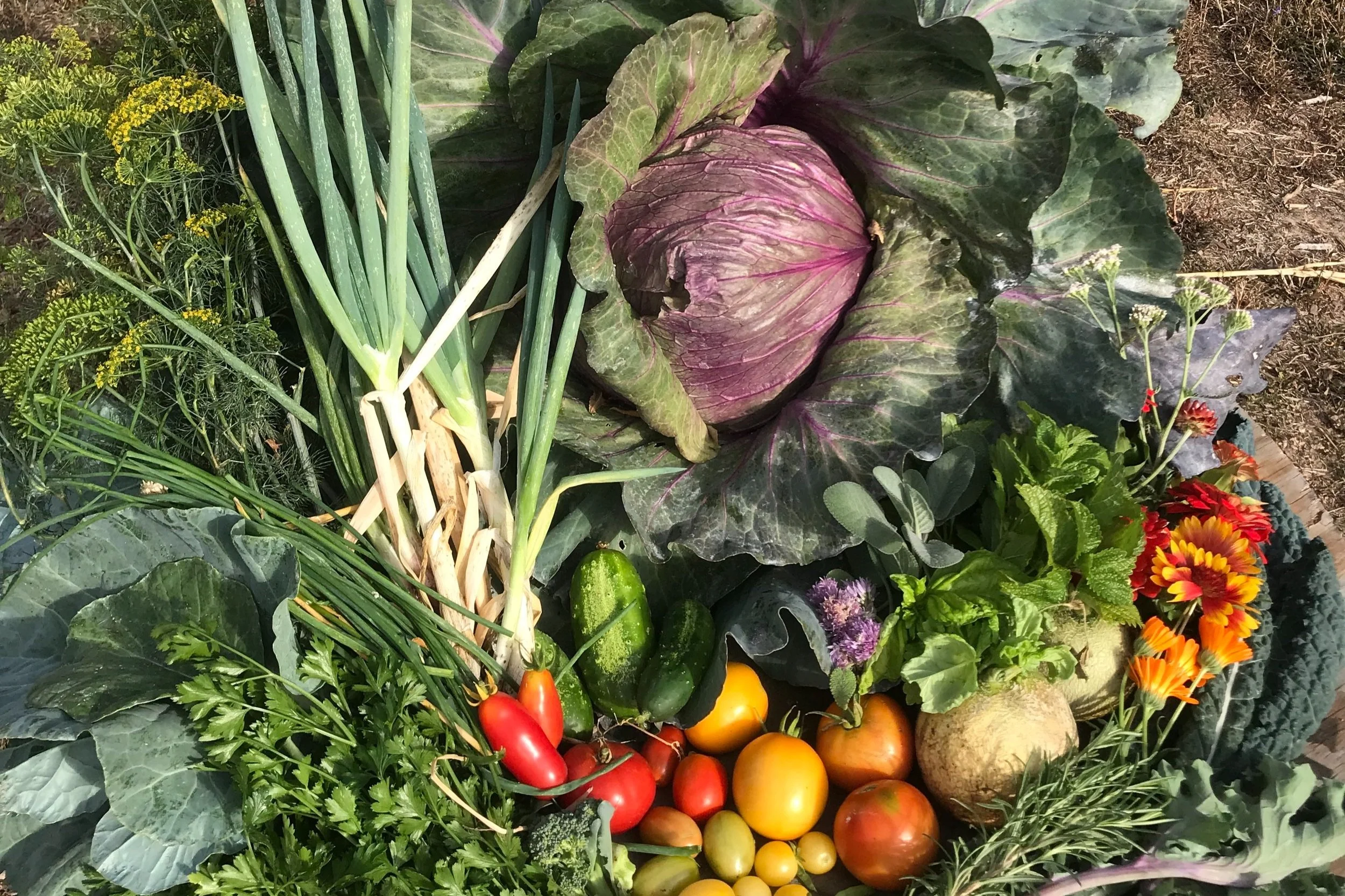What SNAP Cuts and USDA Shifts Mean—and What Gardens Can Still Offer
A diorama created for the 2023 The Idaho Summit on Hunger and Food Security, showing some of the 2022 Programs for Farm to School and local food purchasing.
Federal changes this season aren’t subtle—they’re reshaping the landscape of food access, school meals, and local agriculture. Cuts to SNAP, Farm to School, and climate-smart conservation funding are already underway. Meanwhile, the USDA’s new Small Family Farms Policy Agenda presents itself as a lifeline—but behind the headlines, it’s quietly dismantling many of the very grants programs that once helped small, diversified farms succeed in local markets.
These policy shifts aren’t just about red tape—they’re about removing real resources from real people. And they’re part of a larger wave of changes impacting everything from nutrition programs to farm viability to the future of school food. We’ll continue to share what we learn, and connect the dots wherever we can.
National food justice organizations like the Food Research & Action Center (FRAC) have sounded the alarm: for every 9 meals SNAP provides, food banks can only supply one. Proposed cuts would place an impossible burden on local nonprofits, schools, and families already stretched thin.
Here in Idaho, the Idaho Hunger Relief Task Force joined more than 1,800 organizations in signing FRAC’s letter urging Congress to protect SNAP and child nutrition programs. They’ve also participated in the #SNAPChallenge to demonstrate what it’s really like to try and eat on just $6 a day—the average SNAP benefit.
And this is where local food efforts, including community gardens, come in.
Not as a replacement for federal support, but as places of gathering, learning, and growing something real—together.
Community gardens across the valley offer:
A September Harvest 2024 at the Grow More Good Garden
Shared space where a surprising amount of food can be grown, together
Work days where volunteers often leave with a portion of the harvest
A low-barrier entry point to learning how to grow some of your own food
A chance to build real-world relationships that foster care and connection—even in uncertain times
Gardens can’t fill every policy gap.
But they do help fill dinner plates, restore agency, and rebuild a local food culture rooted in community and care.
🪴 Gardens build back what’s being cut—one seed, one connection, one shared harvest at a time.
👉 Find or add your local community garden here.
Note: A check in with our area community gardens was last conducted this past winter, but contact information is provided for each one.
To help ensure that community garden updates and stories can be updated more regularly, please consider supporting the work of TVCGCoop here.
